Silver-, gold-lip pearl oysters yield much-desired South Sea pearls
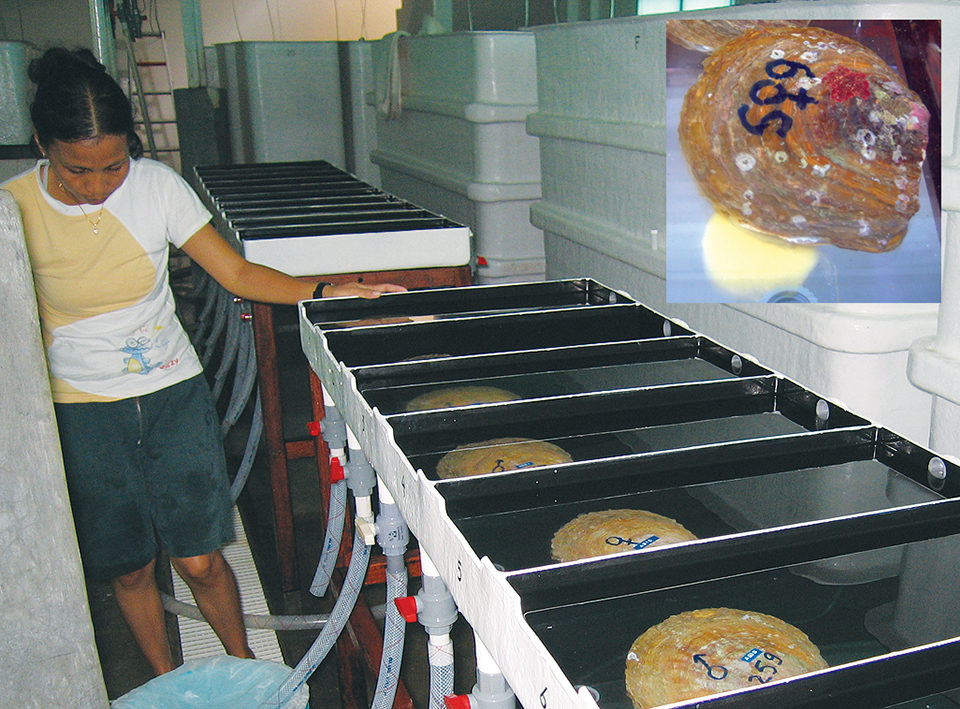
Through its Indonesian subsidiary P.T. Cendana Indopearls, the Australian-based company Atlas Pacific Ltd. has emerged as one of the major producers of the much desired South Sea pearls. These pearls, which reach up to 20 mm in size and range in color from silver to yellow and gold, are produced by the biggest of all pearl oyster species, the silver- or gold-lip pearl oyster (Pinctada maxima).
Selective-breeding program
Late last year, Atlas Pacific Ltd. and the School of Marine Biology and Aquaculture at James Cook University started a collaborative project aimed at launching a selective-breeding program for P. maxima. The initial phase of the estimated four-year project is focused on acquiring fundamental genetic information. This involves a study on the heritability of growth, survival, and traits relating to pearl quality in P. maxima, as well as the identification of a suitable founder population.
At the same time, the molecular tools needed for DNA analysis of the species will be developed. This will then be followed by the implementation of a selective-breeding program to identify superior breeding strains. If successful, the result will be gains in the growth and survival of P. maxima, and the consistency and quality of pearl production.
Improvements
The development and implementation of a properly researched selective-breeding program obviously demands patience and a long-term view. However, the need to modify commercial hatchery techniques to suit the specific requirements of genetics research has already resulted in sometimes unexpected improvements in hatchery management at the Atlas Pacific farms.
For example, the hatcheries traditionally relied on mass-spawning broodstock to produce larvae. During a typical mass spawning, approximately 30 male and 15 female broodstock were placed on a spawning table. When the spawning started, eggs and sperm from all the broodstock were allowed to mix in an uncontrolled manner. Due to its simplicity, the procedure was deemed sufficient for the commercial operation.
However, since mass spawnings resulted in an unknown number of families with no control over mating pairs, the method was totally unsuitable for genetics research. Therefore, it became necessary to develop a spawning method that allowed the mating of a single female to a single male to reliably produce families.
To achieve this, the authors manufactured a spawning table consisting of 10 separate spawning chambers. Each chamber was supplied with sea water that could not overflow into adjacent chambers. Once a broodstock oyster spawned, its gametes were drained and mixed with those of one other broodstock of the opposite sex, thereby resulting in a single family without cross-contamination.
Spawning and rearing
In standard commercial production, the larvae resulting from mass spawnings are cultured in large 5- or 10-metric tons (MT) tanks. In contrast, the genetics research aimed at rearing each family separately during larval culture to simplify the collection of family-specific data.
In an initial round of spawnings in November 2004, the authors produced 41 families and tried to culture them individually in a 400-l tank from incubation to spat stage. Although typical commercial stocking densities up to 6 larvae per milliliter were used, the volume of sea water proved too small to rear larvae successfully. Only 22 percent of the families metamorphosed into spat, with 142 the highest number of spat recorded in any family. These numbers were of course far too small for a genetics research program, so the system was modified.
In the spawning method that finally proved successful, families were created by mixing gametes from one set of parents only and incubating the embryos in a 400-liter tank. However, on day 2 of larval culture, an equal number of larvae from up to eight families were moved together into a 5-MT tank for larval culture and termed a cohort. For settlement on collectors, the fully competent pediveligers of a cohort were subsequently transferred back to 400-liter tanks.
Surprisingly, the settlement of pediveliger larvae on collectors was much more successful than that of pediveligers in large-volume tanks. Moreover, regardless of cohort origin, the pediveligers transferred within the first 24 hours of reaching competency yielded a much higher percentage of settled spat than the pediveligers that were subsequently transferred.
Because up to eight families of larvae are mixed in one tank, the authors now employ DNA pedigreeing to identify the fate of each lineage during the hatchery phase. Two experiments involving up to 53 families using this approach were conducted early this year. Results are expected soon.
Improved hatchery efficiency
Comparison of data on mass spawnings collected since the mid-1990s and the recent generation of family lines uncovered another unexpected benefit of the newly developed spawning method.
A typical commercial run would commence with approximately 100 million larvae on day 1 and eventually result in one to two million spat on day 35. This survival rate of 1 to 2 percent of mass-spawned and mass-cultured larvae is very small compared to the results obtained so far by generating family lines and rearing the larvae in cohorts. Survival rates using the method have so far varied 6 to 79 percent per cohort – a massive increase in hatchery efficiency. However, at this stage, caution must be advised regarding the data, as the results are from only one spawning season.
(Editor’s Note: This article was originally published in the August 2005 print edition of the Global Aquaculture Advocate.)
Now that you've reached the end of the article ...
… please consider supporting GSA’s mission to advance responsible seafood practices through education, advocacy and third-party assurances. The Advocate aims to document the evolution of responsible seafood practices and share the expansive knowledge of our vast network of contributors.
By becoming a Global Seafood Alliance member, you’re ensuring that all of the pre-competitive work we do through member benefits, resources and events can continue. Individual membership costs just $50 a year.
Not a GSA member? Join us.
Authors
-
Jens Knauer, Ph.D.
Atlas Pacific Ltd.
P.T. Cendana Indopearls
Jalan Sekar Jepun V/21
Gatot Subroto Timur, Denpasar, Indonesia[117,97,46,109,111,99,46,99,105,102,105,99,97,112,115,97,108,116,97,64,115,110,101,106]
-
Joseph J.U. Taylor, Ph.D.
Atlas Pacific Ltd.
P. T. Cendana Indopearls
Jalan Sekar Jepun V/21
Gatot Subroto Timur, Denpasar, Indonesia -
Brad Evans, Ph.D.
School of Marine Biology and Aquaculture
James Cook University
Townsville, Queensland, Australia -
Dean Jerry, Ph.D.
School of Marine Biology and Aquaculture
James Cook University
Townsville, Queensland, Australia
Related Posts
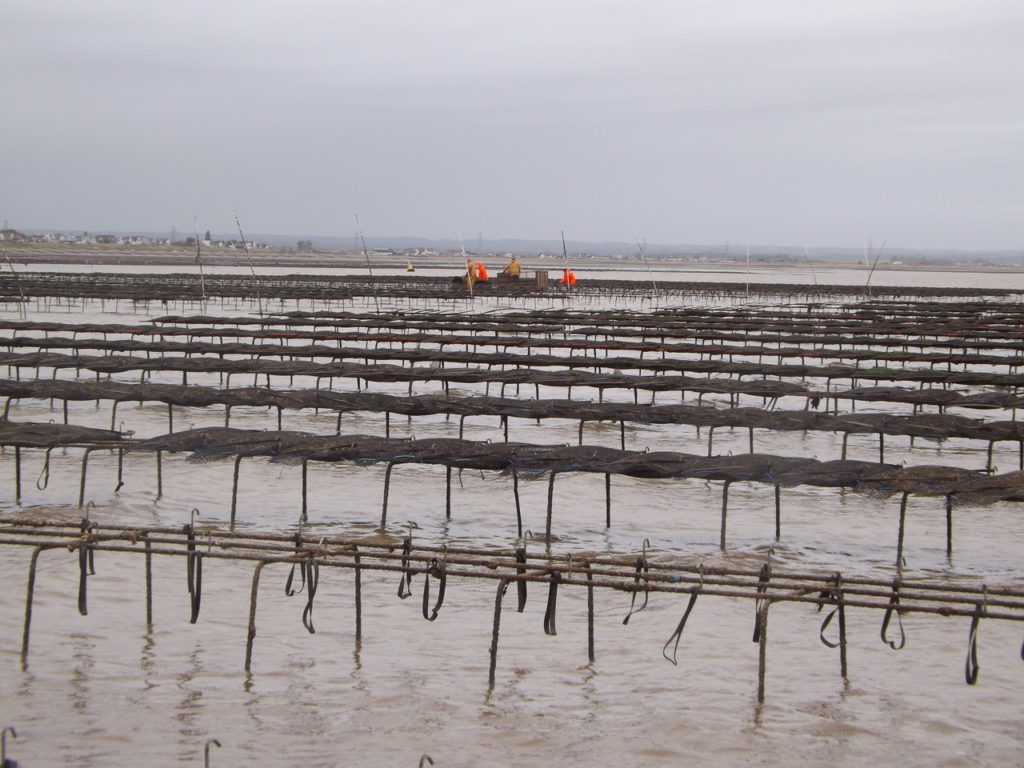
Intelligence
Aquaculture has put the oysters back in Oyster Town
Whitstable Oyster Fishery Co. aims to safeguard the English town’s rich oyster tradition. Farming triploid oysters on racks in intertidal zones has made a "massive difference," says the company's managing director.
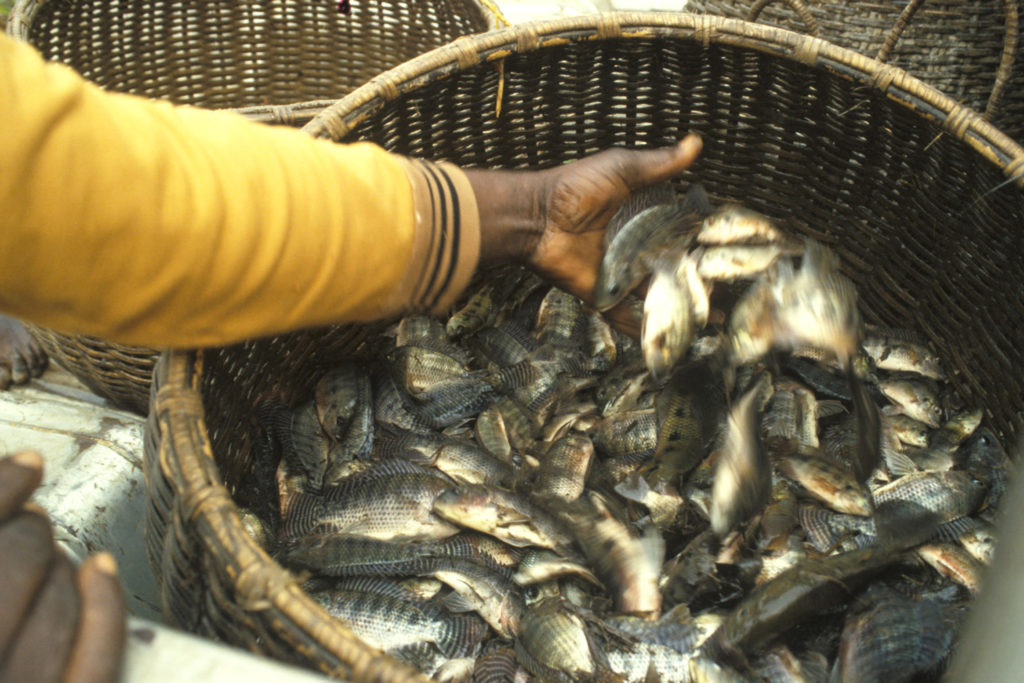
Responsibility
A helping hand to lend: UK aquaculture seeks to broaden its horizons
Aquaculture is an essential contributor to the world food security challenge, and every stakeholder has a role to play in the sector’s evolution, delegates were told at the recent Aquaculture’s Global Outlook: Embracing Internationality seminar in Edinburgh, Scotland.
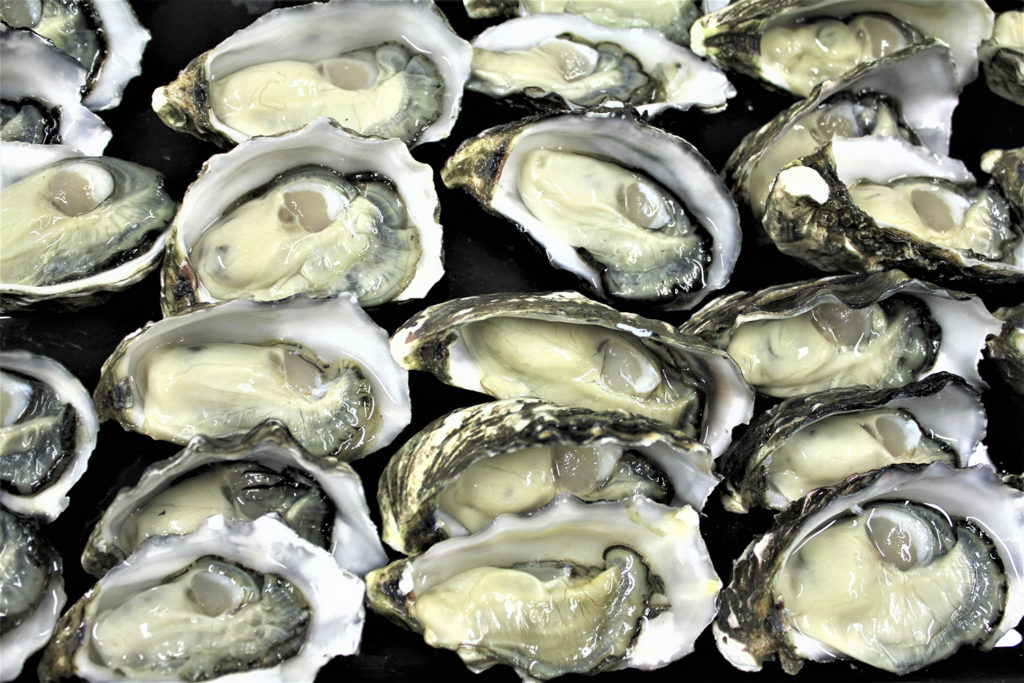
Intelligence
A model for estimating pathogen variability in shellfish
This study reports on the development of a mathematical model for the shellfish depuration process and its impact on norovirus levels found in shellfish.
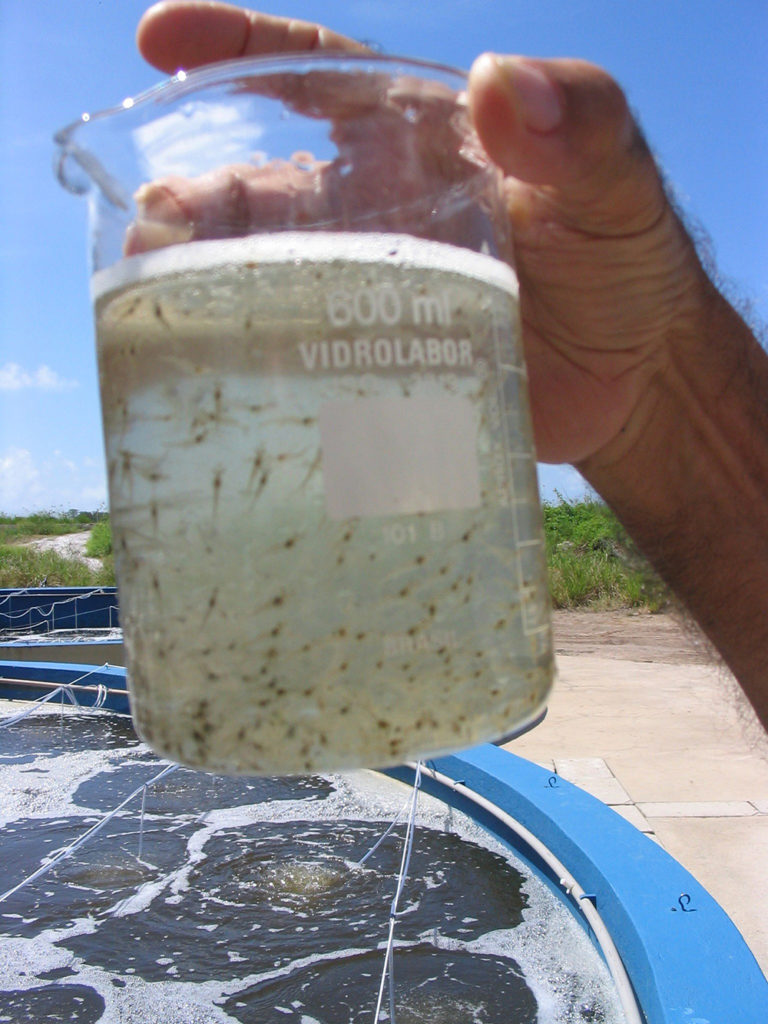
Health & Welfare
A study of Zoea-2 Syndrome in hatcheries in India, part 2
Indian shrimp hatcheries have experienced larval mortality in the zoea-2 stage, with molt deterioration and resulting in heavy mortality. Authors considered biotic and abiotic factors. Part 2 describes results of their study.


